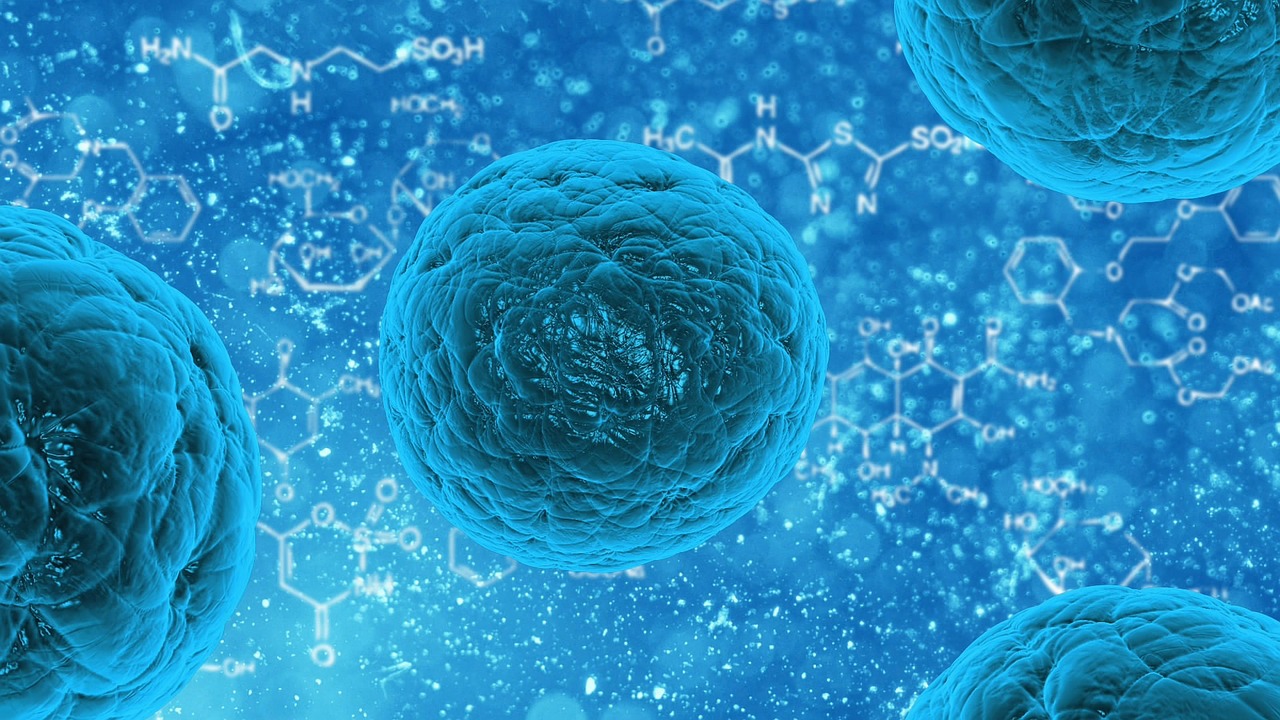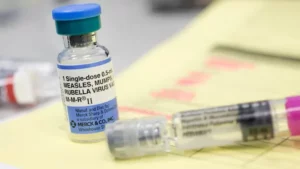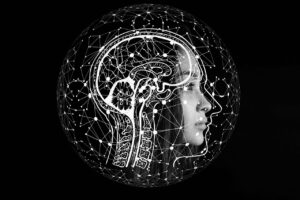Stem cells have been in the news frequently recently and are championed by many as being the “future of medicine,” but before learning about the potential of stem cells it’s important to know what they are. Stem cells are considered the basic building blocks of a human being and are an important aspect of development, because the stem cells in embryos become every type of specialized cell in the human body. Stem cells are capable of dividing for long periods of time, and are unspecialized but can develop into specialized cells. This ability to potentially become any of cell is what makes stem cells so invaluable.
Stem cells are harvested in several different ways. Embryonic stem cells are derived from embryos that develop from eggs that have been fertilized in vitro, in an in vitro fertilization clinic and then donated for research purposes with informed consent of the donors. As long as embryonic stem cells are harvested and grown correctly they can be harvested as daughter cells and can become any other. Another source of stem cells is cord blood. Cord blood is contained in the umbilical cord and placenta of a newborn child. It can be easily collected and frozen for later use. Cord blood contains blood (haematopoietic) stem cells, which can produce all the other cells found in blood, including cells of the immune system. meaning adult patients often require two volumes of cord blood for treatments. Stem cells can also be harvested from adults however, there is a very small number of stem cells in each tissue and, once removed from the body, their capacity to divide is limited, making generation of large quantities of stem cells difficult.
Harvested stem cells can be used to treat a wide range of conditions including cancers like Leukemia.When someone suffers from Leukemia which is a cancer of the white blood cells, abnormal cells cannot fight off infection, and they interfere with the functions of other organs. When treated with stem cells this treatment can greatly improved quality of life and in some cases even leads to remission. Stem cell treatments have made great strides in treating conditions like Stargardt syndrome. Stargardt’s leads to progressive vision loss in children between the age of 10-20 photoreceptor loss associated with degeneration in the pigmented layer of the retina, called the retinal pigment epithelium (RPE). While stem cells have not yet effectively cured the syndrom the trial results are very promising. Treatment helped improve vision in 10 out of 18 patients with macular degeneration results of this study demonstrate the first evidence of the medium-term to long-term safety, graft survival, and possible biological activity of [stem cells] in individuals with any disease.






